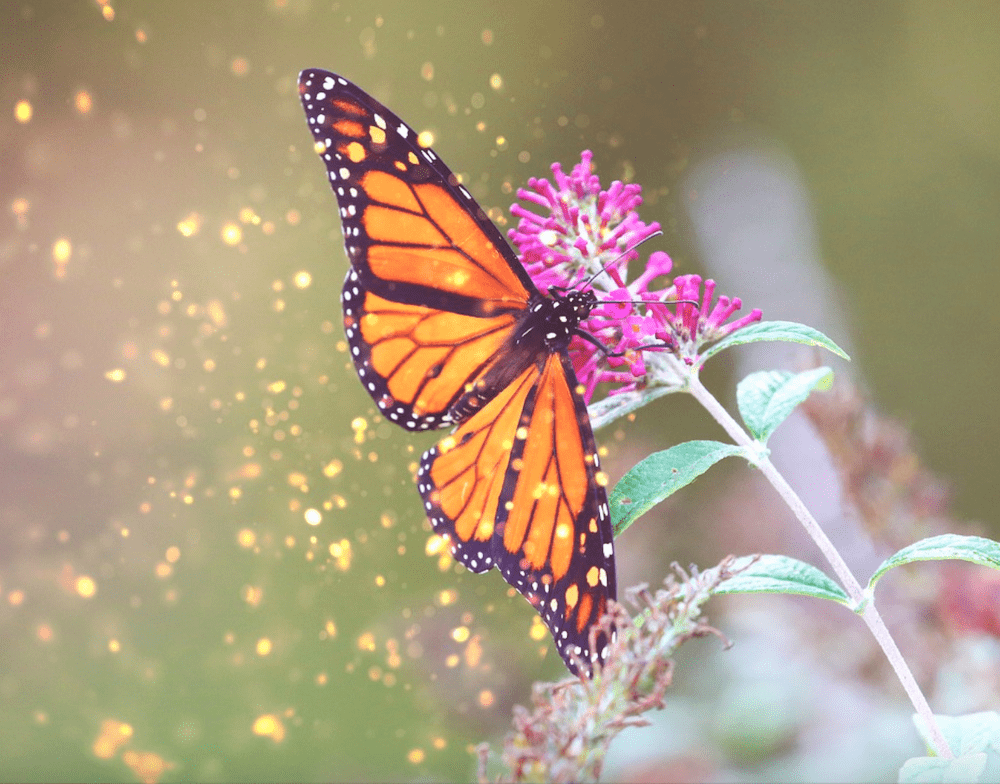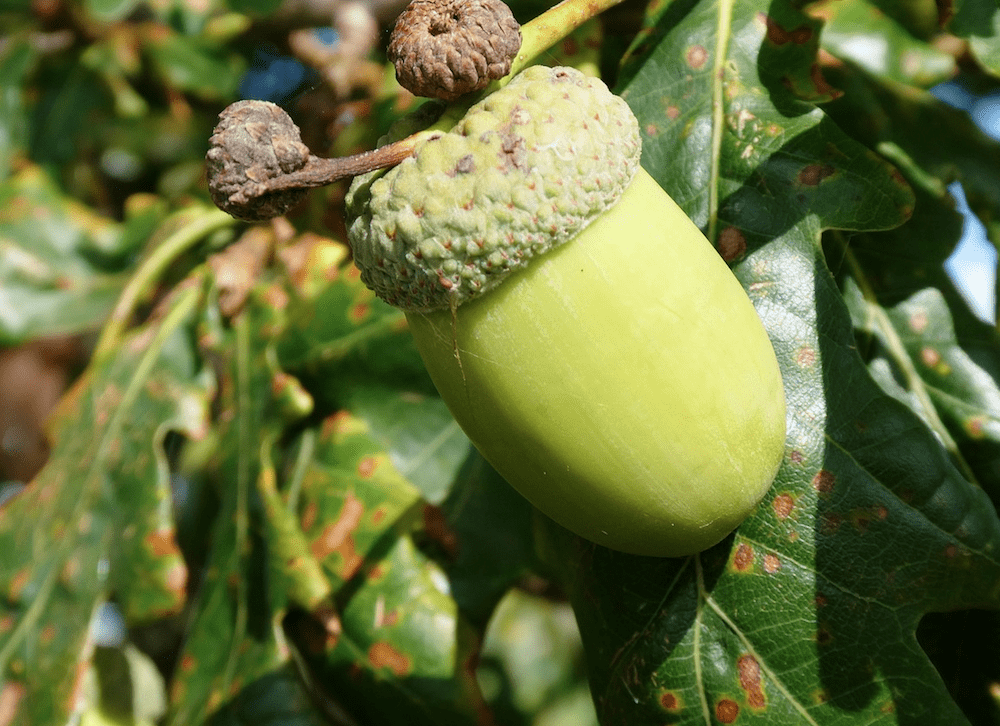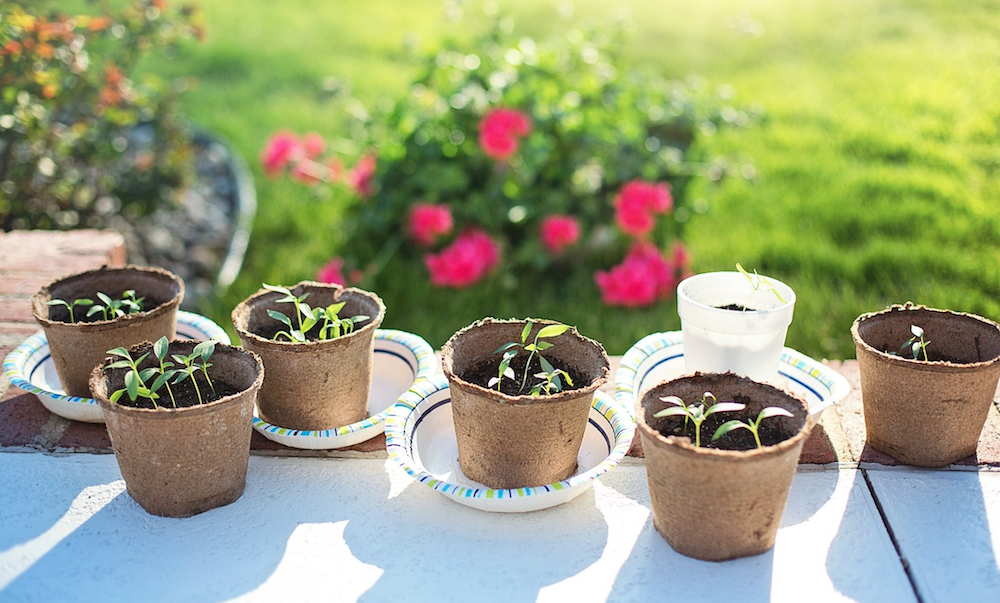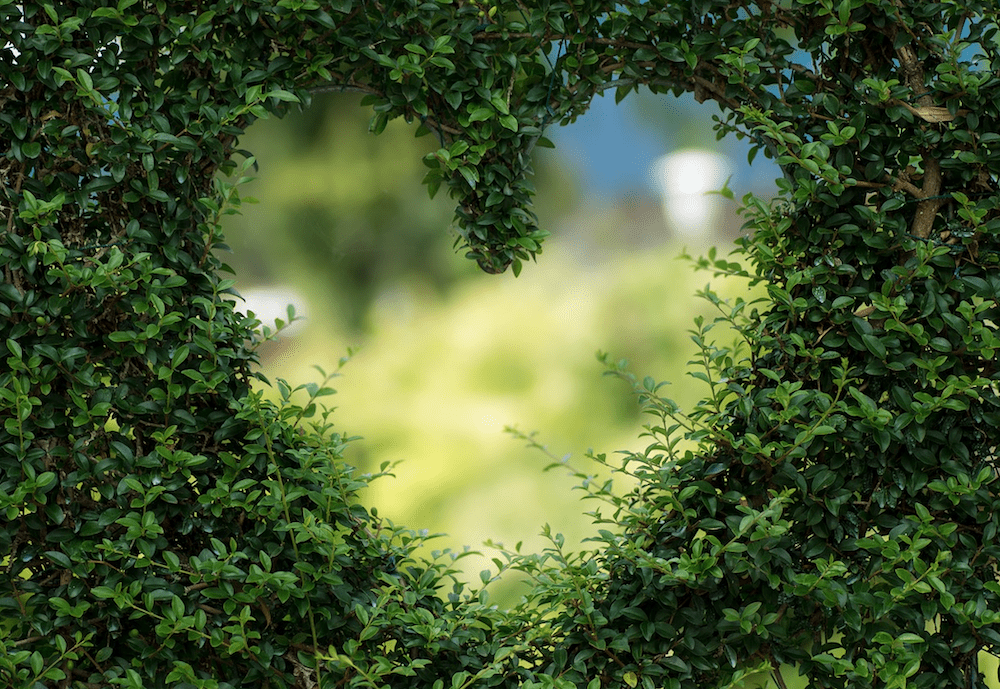Why the Green Witch Recommends Heirloom Organic Seeds
By Jill Brooke

If you live in a warm climate, it is always a good time to stir up our imaginations to think of flowers, plants, and joy. And if you live in a colder climate, time to plan ahead.
It can get very confusing figuring out what seeds to plant and why.
This is why we asked Chris Young to share his thoughts on this topic. Chris is an interesting brew of talent. An author, gardening researcher, and former Comedy Central executive, he first discovered his love of the outdoors growing up “exploring the vast Indiana backyard of my late grandfather.”
Chris’ own garden, “Tiny Sur”, has been designated by the National Wildlife Federation as a Certified Wildlife Habitat. Pretty cool to have that. It is also certified by The Xerces Society as a Pollinator Habitat, by Monarch Watch as a Monarch Waystation, and by the Humane Society as a Humane Backyard.
So he has the cred to give you this info.

“I prefer to use only heirloom and organic seeds,” says Chris. “They are considered the best choice for planting for many reasons.
“First, heirloom seeds are open-pollinated, meaning they have been naturally pollinated by wind, insects or birds and their genetic traits are preserved. This results in plants that have a diverse genetic makeup, which can lead to increased resilience and adaptability to your local growing conditions.
Heirloom seeds also carry the legacy of traditional farming practices and cultural heritage. This makes them an important part of preserving biodiversity.
Organic seeds are grown without the use of synthetic pesticides, fertilizers or genetically modified organisms. This guarantees that the seeds are free from harmful chemicals. This makes them a healthier option for both the environment and consumption. Organic seeds are often grown using sustainable farming practices that promote healthy soil, biodiversity, and conservation.
Additionally, by choosing heirloom and organic seeds, gardeners and farmers can contribute to the conservation of rare and endangered plants – and protect the environment.

5 DO’S and DON’T’S when planting seeds:
1. DO read and follow seed packet instructions. Different seeds have different requirements for planting depth, spacing, and care. This is to ensure you are planting the seeds correctly and providing them with optimal conditions for germination and growth.
2. DON’T plant seeds too deep. Doing so can inhibit their ability to sprout and establish roots. As a general rule, plant seeds at a depth that is two–three times the size of the seed. Planting too deep, can lead to poor germination and weak seedlings.
3.DO prepare the soil properly. This is crucial for planting success. Clear away debris, remove weeds and loosen the soil with a fork or tiller. Add compost to improve fertility and drainage.
4. DON’T overwater or underwater! Watering is critical for seed germination, but you must strike the right balance. Overwatering can lead to waterlogged conditions and root rot, while underwatering can cause seeds to dry out and fail to germinate. Keep the soil consistently moist but not saturated and adjust watering based on weather conditions, seed type, and stage of growth,
5. DO provide proper care. Seedlings require ongoing care to thrive. Give them adequate sunlight, nutrition and protection from pests and diseases. Thin out overcrowded seedlings to allow for proper spacing and air circulation. Mulch the soil to conserve moisture, suppress weeds and regulate temperature.

By following these simple dos and don’ts, it can, says Young, “lead to a beautiful and bountiful garden!”
I’m going to try these tips so tell me how it goes for you too.
Not only will Young be contributing his wisdom here, hooray, but he also has a book you may want to pre-order.In The Green Witch’s Guide to Magical Plants & Flowers, Love Spells from Apples to Zinnias (6/6/23 Skyhorse Publishing), Chris and co-author Susan Ottaviano share all those surprising mystical properties you intuitively. feel about that exist in plants and flowers. And, yes, many started from seeds.

Jill Brooke is a former CNN correspondent, Post columnist and editor-in-chief of Avenue and Travel Savvy magazine. She is an author and the editorial director of FPD and a contributor to Florists Review magazine.
Photo Credit: Pixabay
